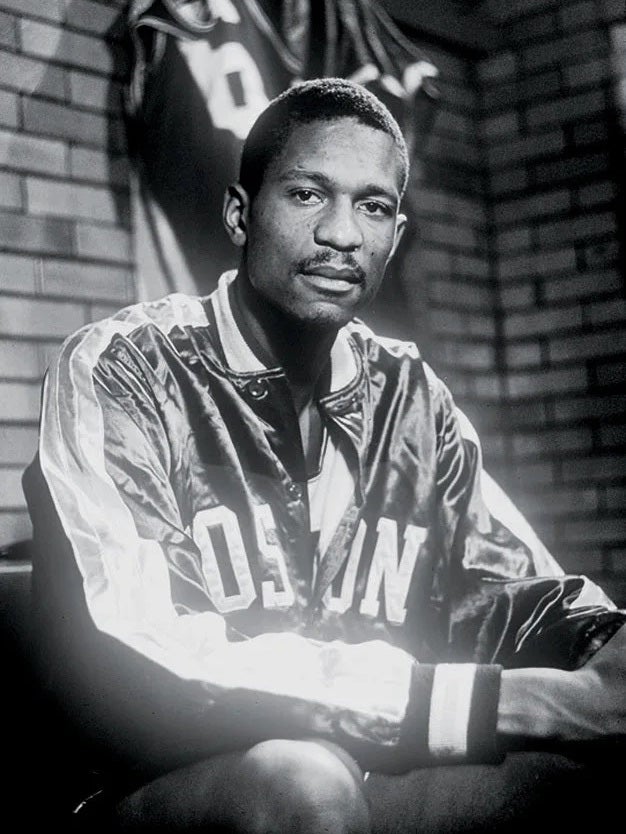Sometimes, the game felt like magic. “That feeling is difficult to describe,” NBA player Bill Russell wrote in his 1979 book Second Wind. “When it happened I could feel my play rise to a new level.”
It’s almost beyond comprehension to think about what a “new level” could be for a player like Russell. He elevated the game so high that what came before him and what came after were barely in the same universe. As historian Aram Goudsouzian writes, “His defensive mastery … transfigured the game’s patterns, compelling a faster and more athletic sport.” If basketball was his only contribution, Russell, who died on July 31, 2022, at age 88, would still be a permanent part of history. But his legacy extends far beyond his playing.
In his career, Russell not only broke records, but barriers. As Goudsouzian explains, “He became the first black superstar … Moreover, in the midst of the civil rights movement, Russell presided over basketball’s model of successful racial integration.” His college playing days at the University of San Francisco, while athletically amazing, didn’t hint at the outspoken advocate he’d later become, but his new college environment did play a huge role in his development.

In the 1950s, “only about 10 percent of basketball programs at predominantly white schools recruited black players.” But USF’s coach, Phil Woolpert wanted to change that dynamic, and “embraced racial liberalism well before his contemporaries,” recruiting players throughout the region. Russell, along with teammate Hal Perry, “represented the entire black population of the freshman class.” Sophomore K. C. Jones, who would, like Russell, go on to play for the Boston Celtics, was also one of his teammates. The pair bonded over basketball and their “anomalous status,” Goudsouzian writes. Eventually, USF had three Black players starting for the team, which no other major college program had done before, elevating both the team’s winning record and the blood pressures of racist fans. Woolpert got hate mail, and the players endured racist harassment from the crowds.
The racism had a profound effect on Russell’s life. For example, he was described by the press as “a happy-go-lucky Oakland Negro” and “something of a clown.” The pain of that, Goudsouzian writes, drove him to go further, play harder. “I decided in college to win,” Russell later said. “Then it’s a historical fact, and nobody can take it away from me.”
Weekly Newsletter
In the early 1960s, Russell participated in numerous grassroots actions, including leading a march from Roxbury to Boston Common, conducting basketball clinics in Mississippi for Black and white kids as part of Freedom Summer, and joining the 1963 March on Washington. In 1967, he was also part of the famous summit of Black athletes who rallied in support of Muhammad Ali after he’d resisted the draft.
When Russell took the helm of the Celtics in 1966, he became the first Black coach of any US professional sport and added another milestone into an already powerful history. Through it all, he never lost sight of his skill as a player or his spirit as an activist. But perhaps his greatest legacy is that he fought to be seen as all of those things—human, athlete, activist—with one never overshadowing the others because all of those pieces made up the whole of him. “It’s been a long time since I tried to prove anything to anybody,” he once told Sports Illustrated. “I know who I am.”







